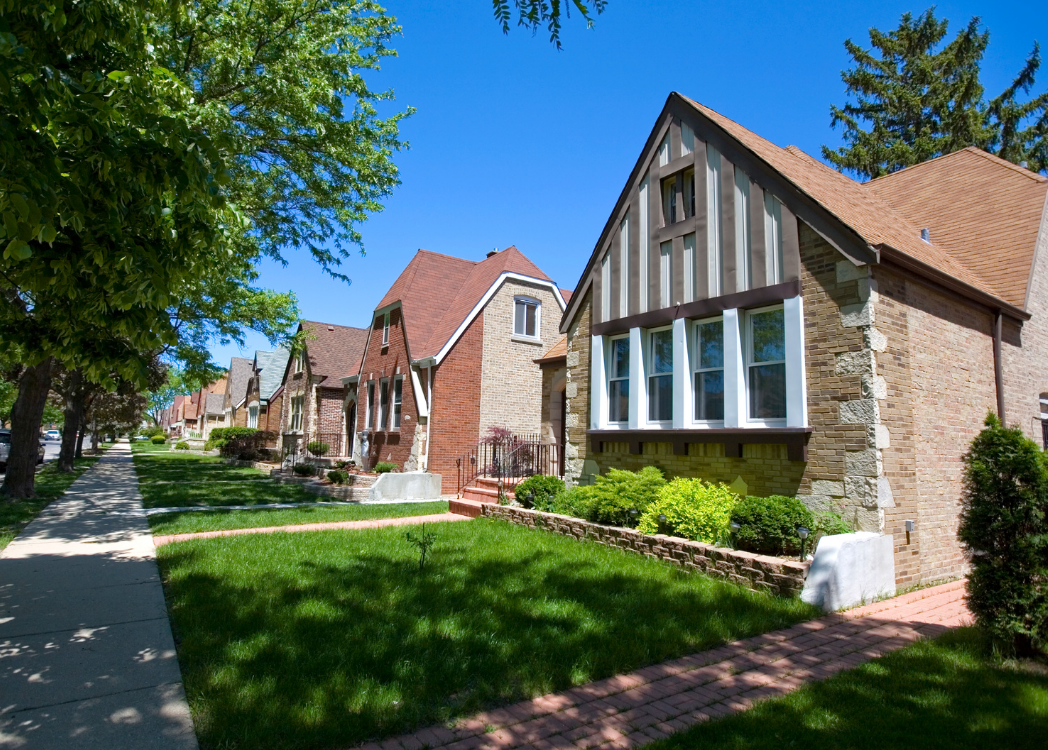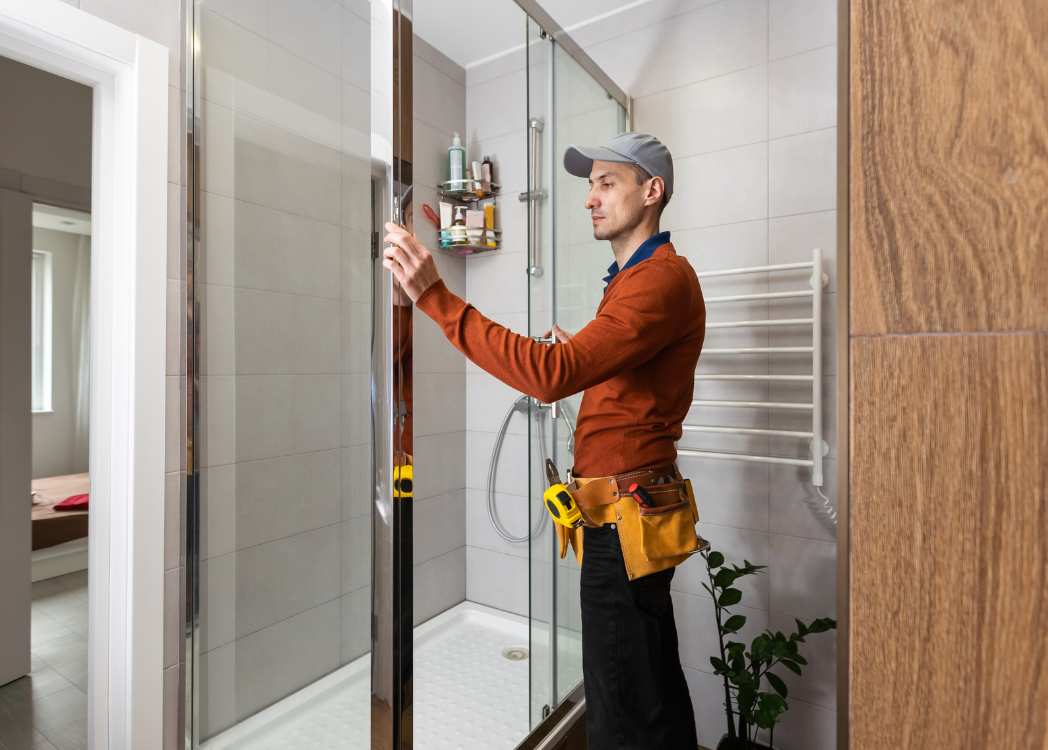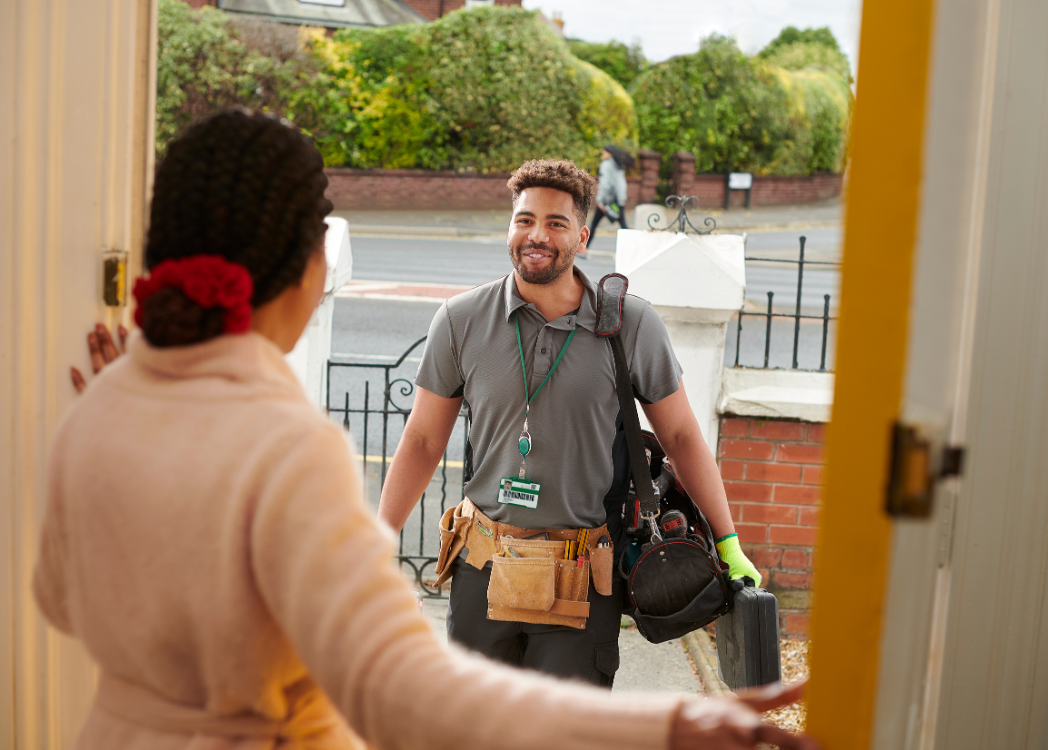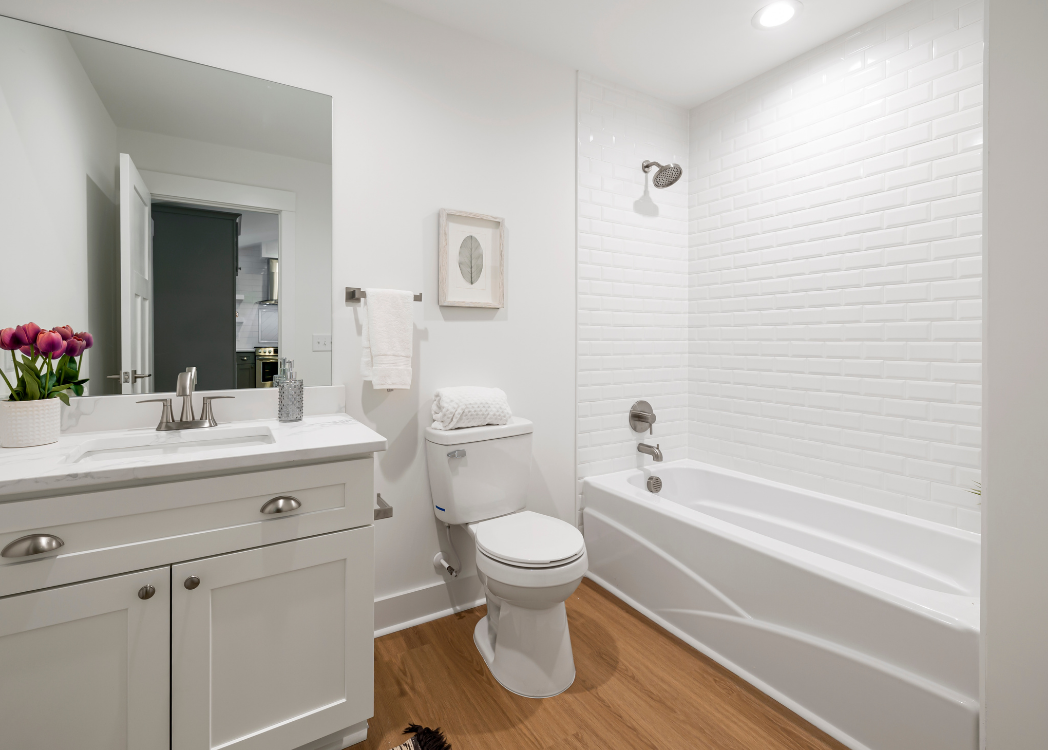Electrical Projects You Can't DIY - and Why
Some projects are fine for a YouTube tutorial. Wiring projects aren't one of them.
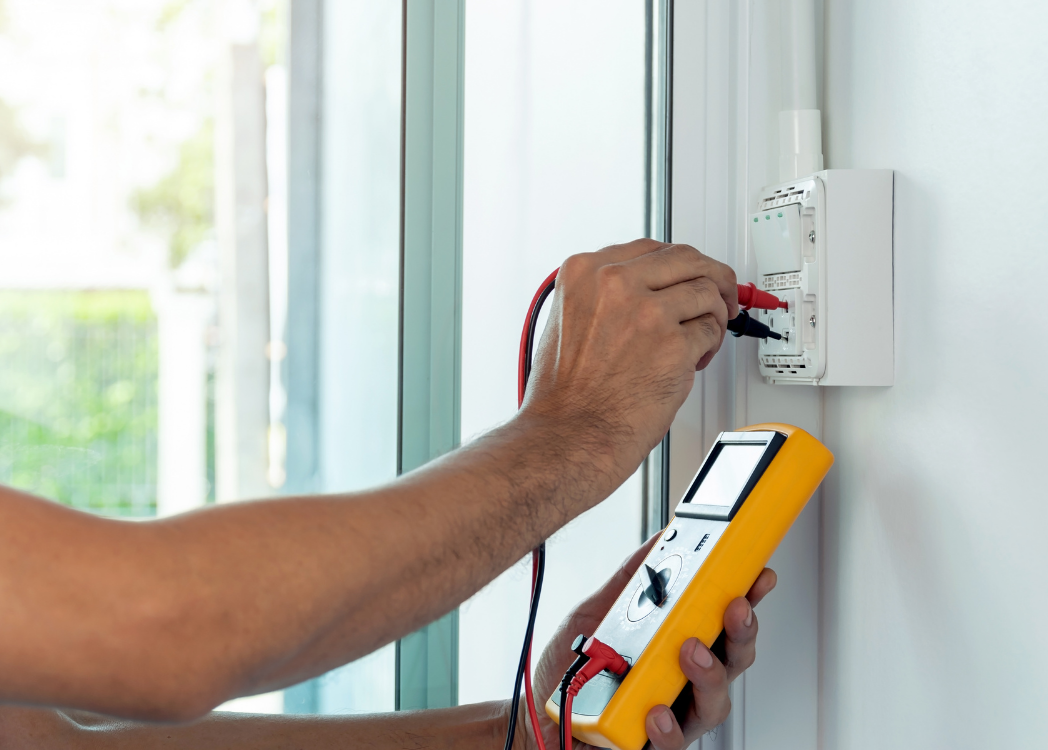
DIY culture is everywhere — and for plenty of projects, it’s fantastic. Paint your own room? Sure. Assemble IKEA furniture? Go for it. But when it comes to electricity, the risks are too high for guesswork.
The truth is, even small wiring mistakes can create big problems. Sometimes it’s just an annoyance - like a light switch that doesn’t work. Other times, it’s genuinely dangerous. Here’s why electrical work should stay out of the DIY zone.
The Most Common DIY Mistakes
- Miswired outlets or switches – Hot and neutral wires flipped, causing outlets to spark or not work properly.
- Overstuffed electrical boxes – Too many wires crammed into one box, leading to heat buildup.
- Loose or poorly secured connections – Wires that come loose and cause flickering lights or intermittent power.
- Improper fixture installs – Ceiling fans or light fixtures wired incorrectly, leaving remotes or controls useless.
Red Flag Checklist 🚩
Not sure if your DIY or existing wiring is safe? Keep an eye (and ear) out for these warning signs:
- Outlets that spark when you plug something in
- Lights that flicker even after changing the bulb
- Warm or hot outlet covers (never a good sign)
- Breakers that trip again and again
- Ceiling fans or lights that hum, buzz, or just don’t work right
When it comes to electrical work, “red flags” aren’t just dating advice. They’re a sign you shouldn’t touch the breaker box.
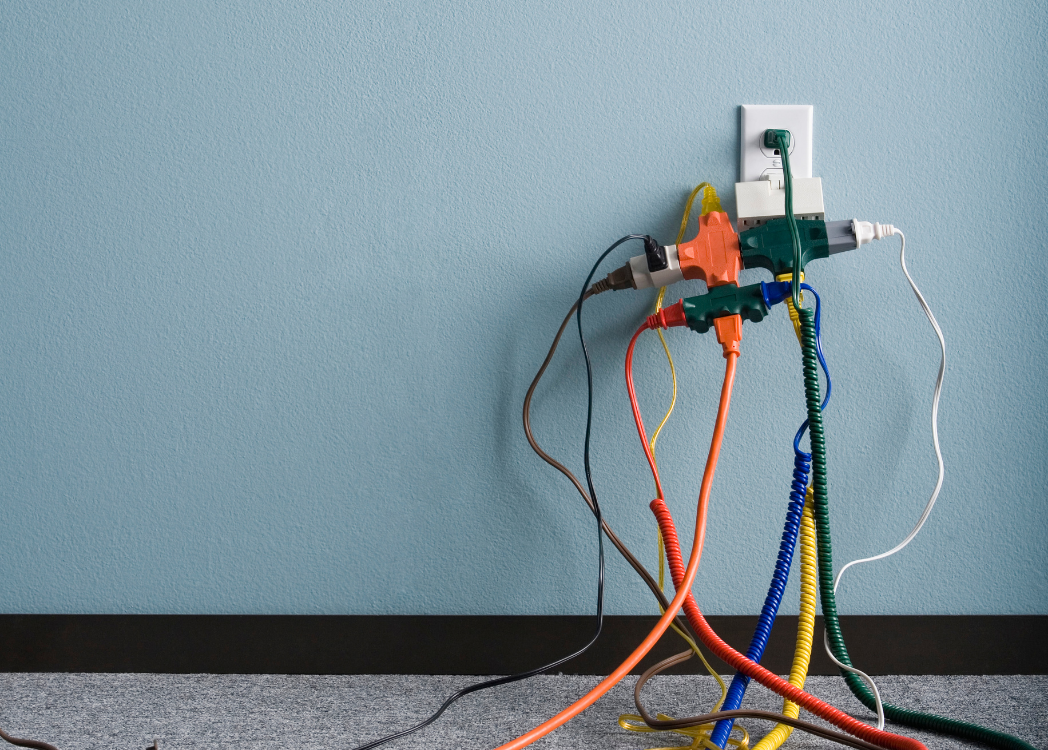
The Hood Fan Example
One real case sticks with us: a hood fan install gone wrong where a screw nicked a wire. The entire metal housing became live with 120 volts. If someone had touched it, they could have been seriously shocked. Fortunately, it was caught while testing for function of the fan — but it shows how dangerous a simple mistake can be.
When DIY Is Safe (and When It Isn’t)
Not all electrical tasks are off-limits. These are generally safe for homeowners:
- Installing smart home features (plug-in thermostats, Wi-Fi switches, etc.)
- Replacing smoke detectors (as long as you’ve got the right ladder).
But breaker panels, rewiring outlets, or installing permanent fixtures are better left to trained professionals.
Why Chicago Homes Make DIY Riskier
Chicago has a mix of older housing stock, much of it built decades ago with wiring that doesn’t always meet today’s standards. Combine old infrastructure with DIY attempts, and you’re left with homes that are vulnerable to serious electrical hazards.
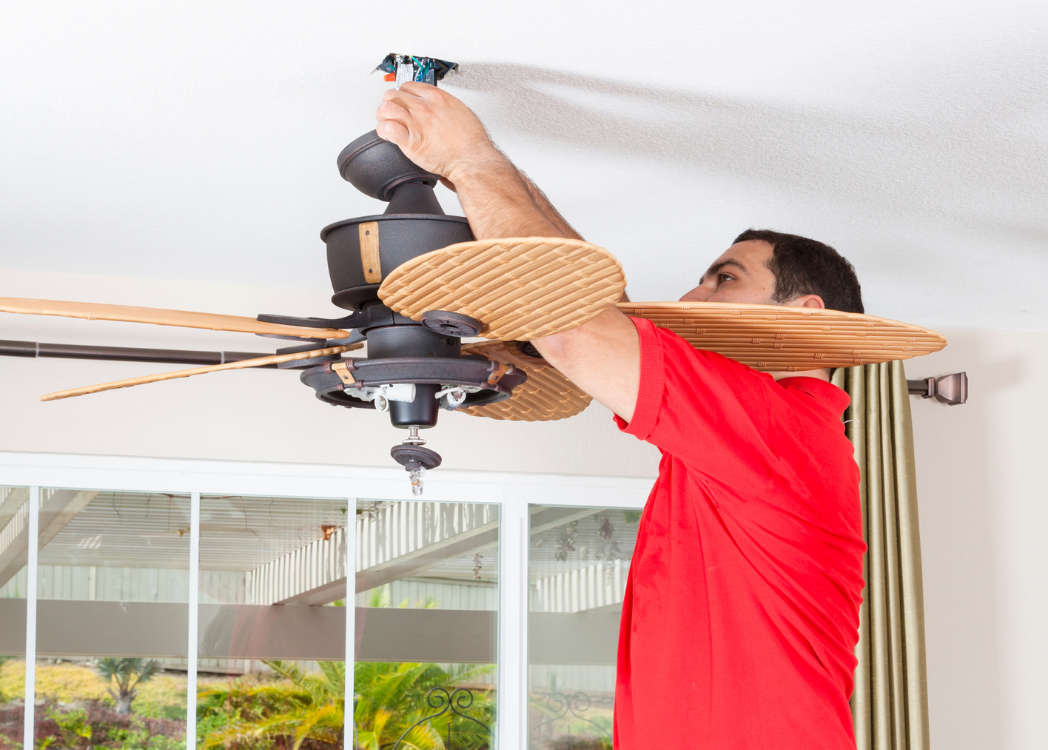
Why Hiring a Pro Saves Money
Calling in a pro might feel expensive up front, but it often prevents bigger costs down the road. Repairing burned wires, replacing appliances or dealing with water damage from electrical fires is far more costly than having the work done safely from the start.
👉 If you’re unsure about an electrical project, contact Handy Geeks for honest advice and safe solutions.





